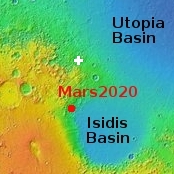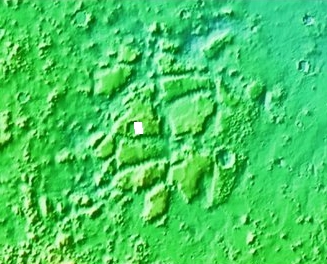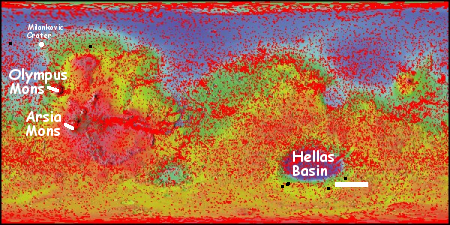SpaceX launches 60 more Starlink satellites; 1st stage landing fails
Capitalism in space: SpaceX this morning successfully launched sixty more Starlink satellites, raising the number in the constellation to 300.
However, though the launch was successful, the first stage, on its fourth flight, failed to land successfully on the drone ship in the Atlantic. Watching the live stream, it appeared from a whiff of smoke on the edge of the screen that the booster missed the target by only a short distance. This is the first time this has happened since 2015 2018 (correction from reader).
That this first stage landing failure is the news story illustrates how far they have come..
The standings in the 2020 launch race:
3 China
3 SpaceX
1 Arianespace (Europe)
1 Rocket Lab
1 Russia
1 Japan
1 ULA
1 Northrop Grumman
In the national rankings the U.S. now leads China 6 to 3.
Capitalism in space: SpaceX this morning successfully launched sixty more Starlink satellites, raising the number in the constellation to 300.
However, though the launch was successful, the first stage, on its fourth flight, failed to land successfully on the drone ship in the Atlantic. Watching the live stream, it appeared from a whiff of smoke on the edge of the screen that the booster missed the target by only a short distance. This is the first time this has happened since 2015 2018 (correction from reader).
That this first stage landing failure is the news story illustrates how far they have come..
The standings in the 2020 launch race:
3 China
3 SpaceX
1 Arianespace (Europe)
1 Rocket Lab
1 Russia
1 Japan
1 ULA
1 Northrop Grumman
In the national rankings the U.S. now leads China 6 to 3.







